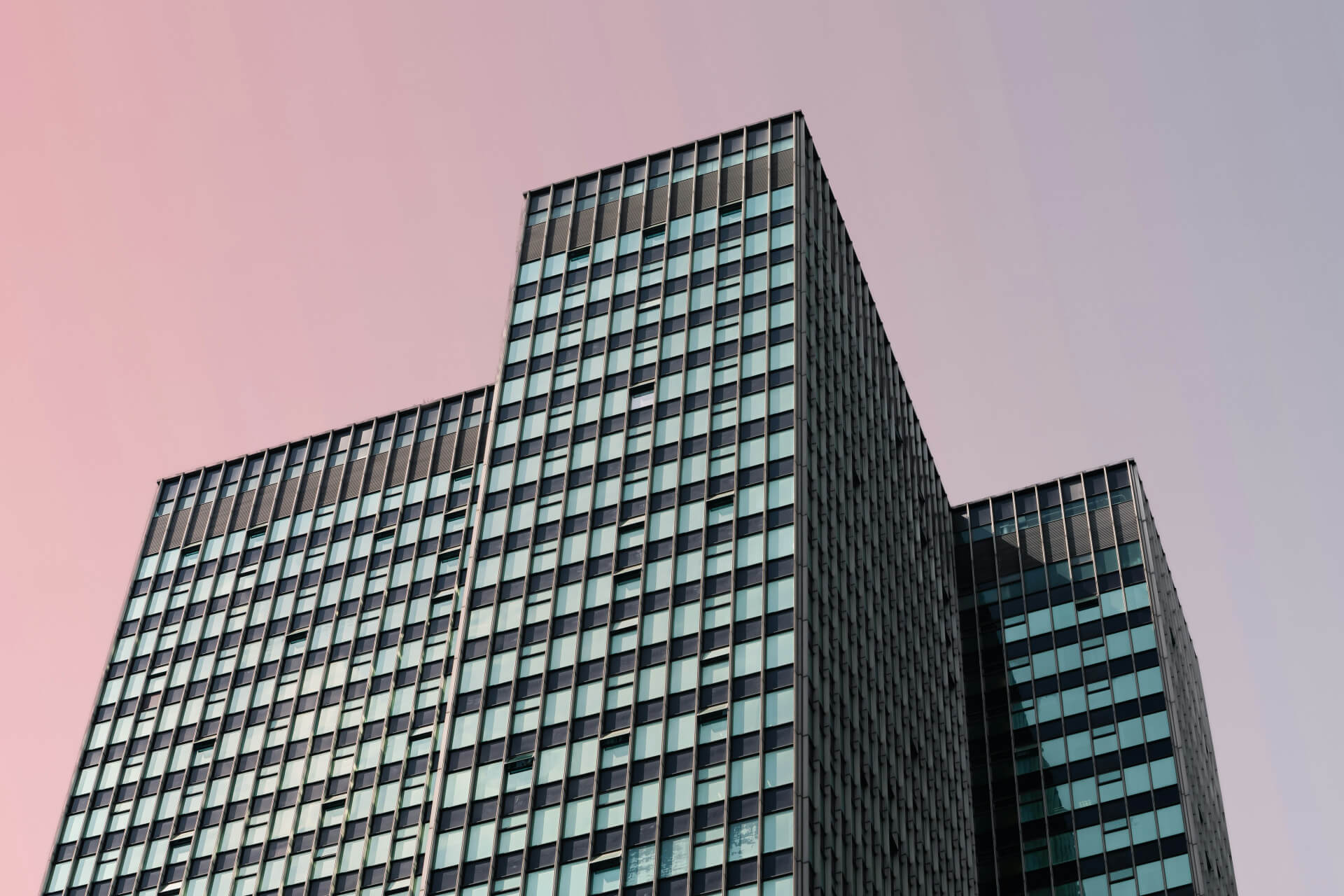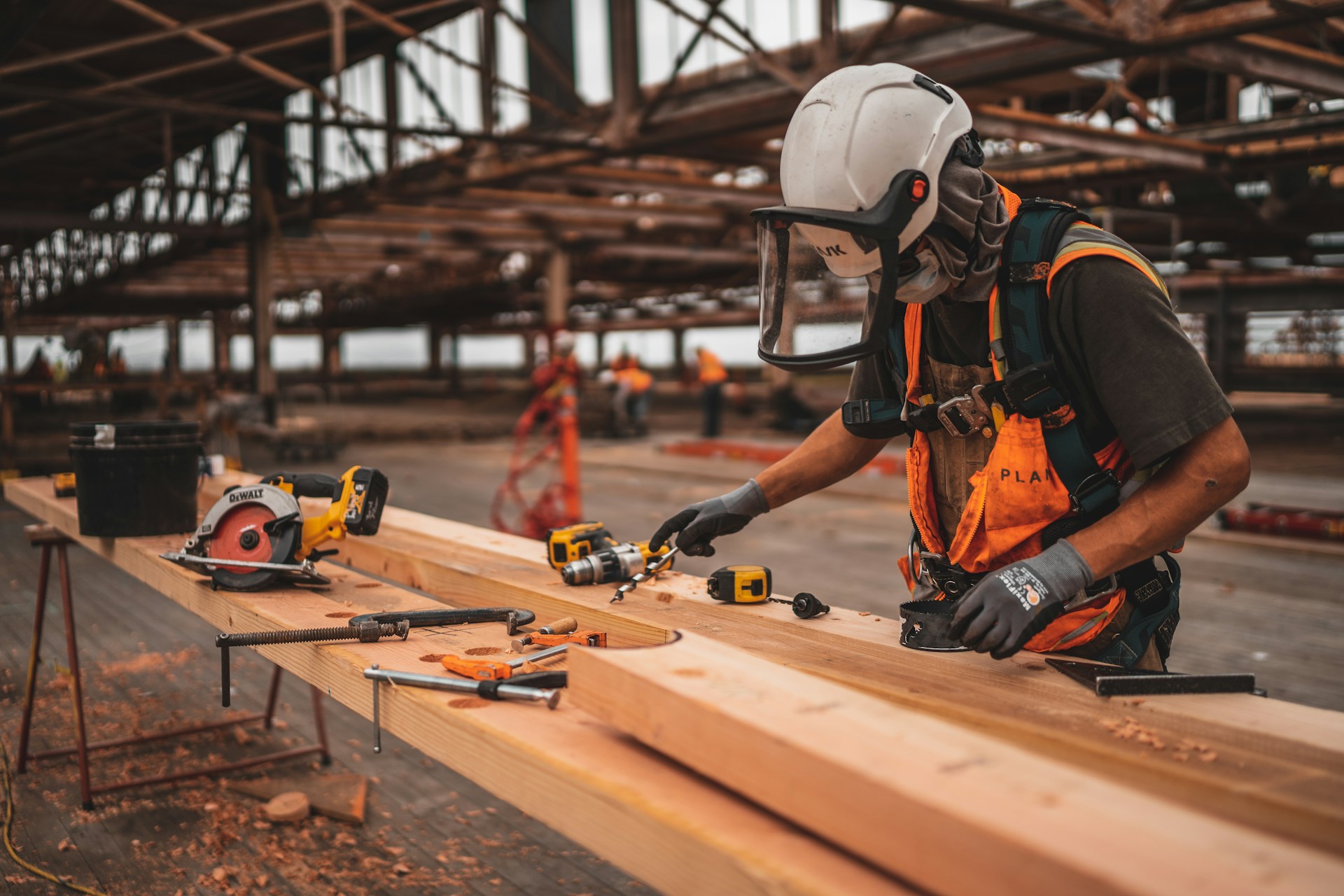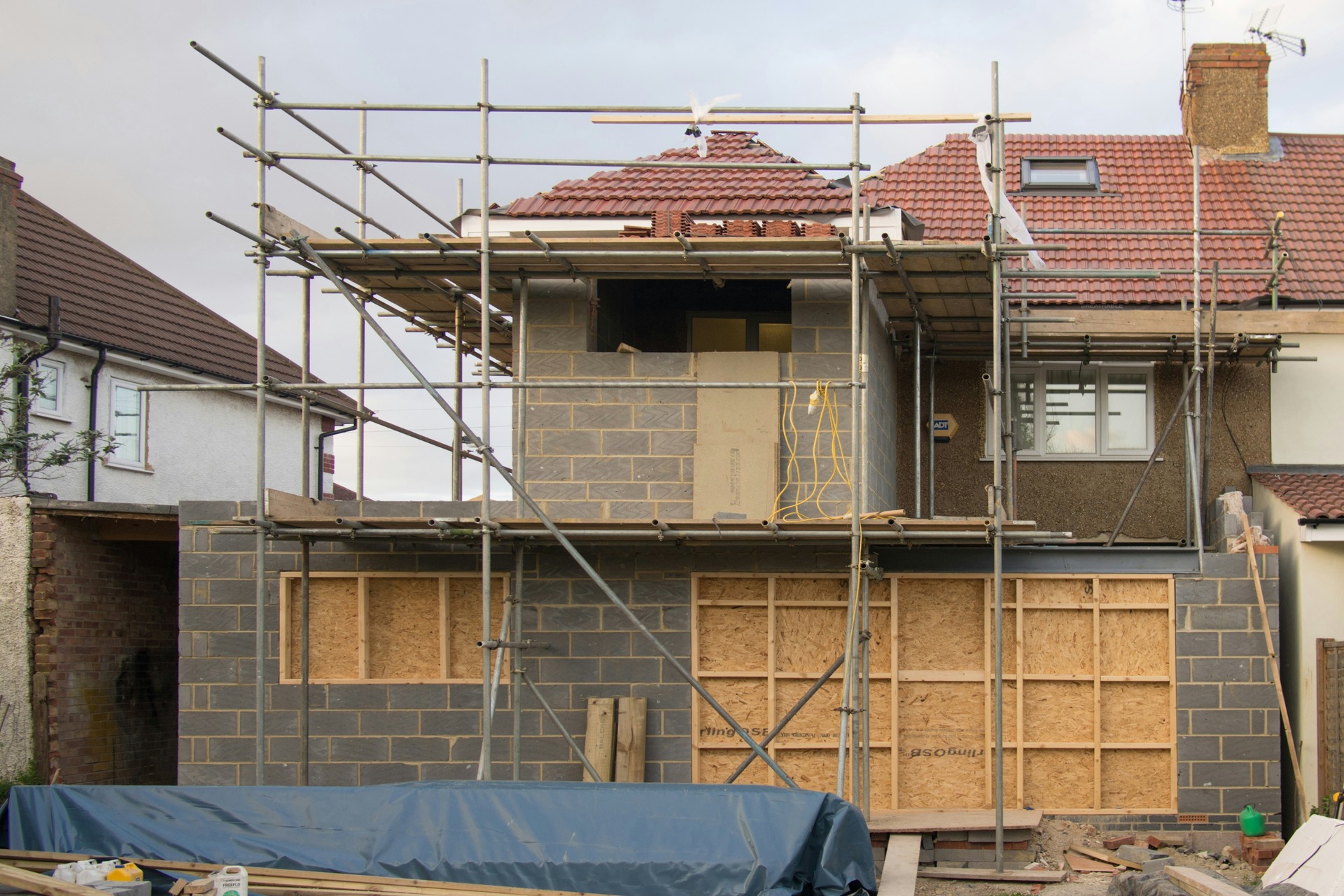
What Is LEED Accreditation and Why Should You Get It?
October 30, 2023 - Lou Farrell
Revolutionized is reader-supported. When you buy through links on our site, we may earn an affiliate commission. Learn more here.
Sustainability is the next big thing in construction. In an industry infamous for taking a toll on the environment, proving to stakeholders that a building has a minimal carbon footprint goes a long way. LEED accreditation is an excellent way to do just that.
Getting third-party certifications is a common way to prove a company or product meets certain industry standards across many sectors. Even within the construction industry, there are many such accreditations, but LEED is one of the most well-known and most important. If current trends persist, it’ll only become more significant from here on out.
What Is LEED Accreditation?
LEED — short for Leadership in Energy and Environmental Design — is the world’s most widely used green building rating system. It comes from the U.S. Green Building Council (USGBC), which formed in the early 1990s and came up with what could become LEED a few years later.
In general, LEED accreditation confirms that a building meets various environmental standards. Those standards cover things like the project’s embodied carbon, energy efficiency, impact on water resources and effect on local biodiversity. Meeting or exceeding these benchmarks gives a building points. The more points it has, the higher the rating it achieves.
LEED ratings fall into four levels for different point totals. Those ratings are:
- Certified, for 40 to 49 points
- Silver, for 50 to 59 points
- Gold, for 60 to 79 points
- Platinum, for 80 or more points.
The USGBC also offers professional certifications for individuals. Construction pros can become LEED Green Associates to prove their understanding of green building techniques, for example. For our purposes here, though, we’ll focus on LEED ratings for buildings.
Benefits of LEED Accreditation
Like any certification system, LEED rating can be a time-consuming and expensive process, which will turn some construction firms away. Despite that cost and complexity, LEED accreditation has several impressive benefits.
Sustainability
The most obvious advantage of getting LEED-certified is that the project will be more sustainable. The building and construction sector accounts for 39% of all carbon emissions and contributes heavily to habitat loss and water consumption. Construction practices must change to protect the planet, but the path forward isn’t always clear.
Pursuing LEED certification helps by giving firms a clear set of environmental benchmarks. Instead of reaching for a vague goal of “sustainability,” teams can see which specific standards make a building sustainable. They can then set actionable, reachable targets to minimize the project’s environmental impact.
Of course, just because a building doesn’t have a LEED rating doesn’t mean it’s not eco-friendly. However, considering how complex sustainability is, having specific, measurable benchmarks makes attaining that goal much easier. That’s especially true in an industry like construction, where most professionals likely don’t come from environmental science backgrounds.
Marketability
LEED accreditation also has financial benefits. As the threat of climate change has grown increasingly prevalent, the public has started to vote for sustainability with their wallets. Many customers today in both consumer and commercial segments prefer to buy and may even pay more for something that’s better for the environment.
Having a higher LEED rating proves to buyers and other stakeholders that a building is sustainable. In turn, the project becomes more valuable in today’s market. These claims aren’t just theoretical, either. On average, LEED-certified properties sell for 9.4% more than non-certified ones and achieve 3.1% higher rents.
Commercial properties are even more likely to command higher rents and sales prices, as sustainable buildings help businesses meet their ESG goals. As the focus on climate change grows, these buyer trends will increase. Learning to build LEED-accredited buildings now will help market a construction firm in the future.
Regulatory Compliance
Sustainability and market demands alone are enough to justify LEED accreditation. However, the benefits of pursuing it don’t end there. Constructing LEED-certified buildings may also help companies comply with the growing body of environmental regulations.
Environmental standards like the Clean Water Act are already mandatory for all construction projects. Some face even higher legal standards depending on the industry and location. As more climate change-focused legislation comes out in alignment with Paris Agreement goals, firms must meet a rising standard of eco-friendliness.
LEED standards go above and beyond many existing legal frameworks. Consequently, if a building is LEED-certified, it likely complies with any applicable environmental regulations. If nothing else, building these projects helps firms get used to achieving higher sustainability standards. As a result, compliance — and avoiding costly fees — becomes easier.
How a Building Can Get LEED Certified
Construction firms or other project stakeholders that decide LEED accreditation is right for them may initially find the process intimidating. After all, there are 21 different LEED rating systems, all with varying requirements. Here’s how businesses can tackle it to ensure a smooth certification process.
First, it’s important to select the right rating system. The USGBC has an interactive selection tool that helps determine which specific certification applies to the project at hand. After working through that guide and settling on a rating system, the necessary steps and standards will be clearer.
With the standard in hand, all lead project stakeholders should collaborate to form an action plan for how to achieve the desired LEED rating. This planning must take place before anything else, as even the location and design of the building impact its LEED certification. It’s also crucial to budget accordingly, as all LEED projects come with fees that vary between certification levels.
There may be some wiggle room in how the team can achieve its desired LEED rating. Construction crews can recycle materials in several ways, for example. Looking over your options will help strike the right balance between construction costs and sustainability.
As the project gets underway, teams should collect data aligning with their LEED goals. The USGBC will need to review information about the building’s construction and resources to certify it, so it’s easiest to gather and organize as much data as possible from the start. Cloud collaboration tools will help keep things organized and minimize data entry errors.
Once the project is complete, teams can submit this data and their application to the USGBC. After roughly 20 to 25 business days, the council should come back with the results.
Consider LEED Accreditation for Your Next Building
LEED accreditation can be a complex and lengthy process, but the benefits are worth it. Pursuing these standards will help construction firms become more environmentally friendly, compliant with new laws and more attractive to an eco-conscious market.
The construction industry is largely falling behind current climate goals. LEED certification isn’t the only step in changing that trend, but it can be a helpful one.
Revolutionized is reader-supported. When you buy through links on our site, we may earn an affiliate commission. Learn more here.
Author
Lou Farrell
Lou Farrell, Senior Editor, is a science and technology writer at Revolutionized, specializing in technological advancements and the impacts on the environment from new developments in the industry. He loves almost nothing more than writing, and enthusiastically tackles each new challenge in this ever-changing world. If not writing, he enjoys unwinding with some casual gaming, or a good sci-fi or fantasy novel.






